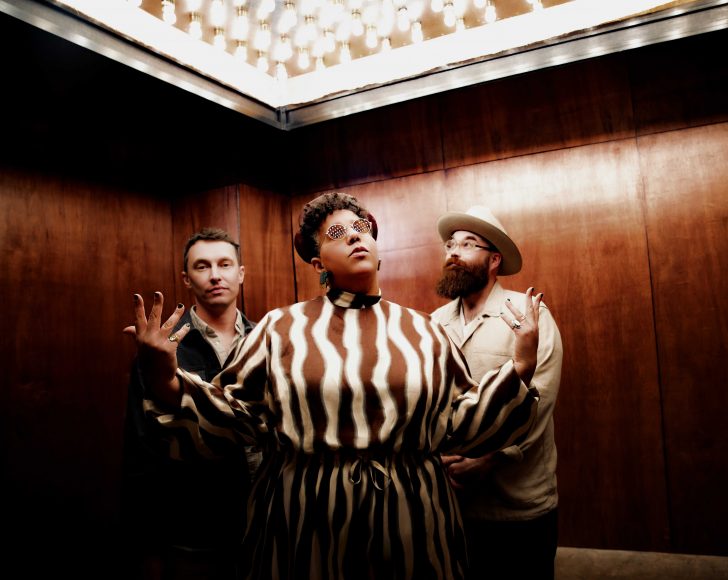
Alabama Shakes
Biography
Video & Press
Alabama Shakes Map Out Summer Reunion Tour
[Rolling Stone] Band hits the road for first trek together in eight years starting this July By Daniel Kreps Following the Alabama Shakes’ surprise reunion in December, the band has announced their first tour together in eight years. Singer/guitarist Brittany Howard, bassist Zac Cockrell, and guitarist Heath Fogg ended their lengthy hiatus at a Tuscaloosa benefit concert six weeks ago […]